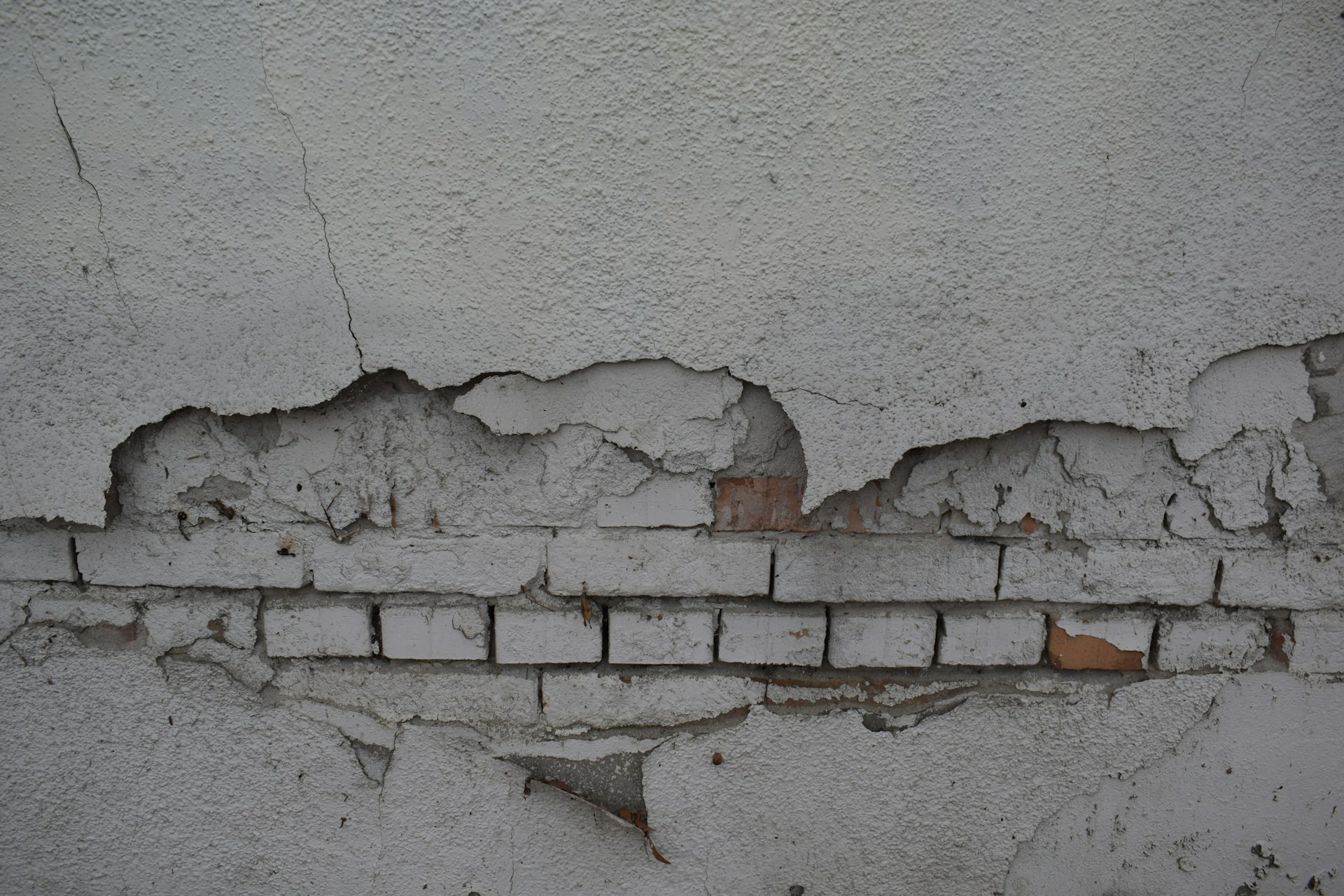In Ireland’s fast-moving property market, the word “renovated” gets thrown around a lot.
New windows, a fresh render, modern floors, and shiny fittings are often enough to sell a home at a premium. But are we really improving our housing stock — or just painting over the cracks?
Cosmetic Flips: Style Over Substance
Many so-called “renovations” are little more than cosmetic flips. These homes look good in photos and feel clean on first walk-throughs, but often, the deeper issues remain untouched:
- Damp still lurking behind walls
- Old plumbing and electrics hidden beneath new plaster
- No insulation upgrades, airtightness measures, or ventilation improvements
In essence, they’re surface-level transformations that leave the structural and thermal performance of the building unchanged.
The Problem with Surface-Level Work
The danger here is twofold:
- Buyers are misled — They believe they’re purchasing a truly upgraded home when in reality, comfort, safety, and energy efficiency remain poor.
- The market is distorted — Genuine deep retrofits are more expensive and time-consuming. When compared to flashy flips, they can seem overpriced, despite offering far better long-term value.
What Is a Deep Retrofit?
A deep retrofit means stripping a house back to its bones to:
- Upgrade insulation and eliminate thermal bridges
- Install proper ventilation systems
- Replace outdated wiring and plumbing
- Improve airtightness and comfort
- Ultimately raise the BER (Building Energy Rating) significantly
It’s not just about aesthetics. It’s about comfort, health, efficiency, and long-term durability.
Why It Matters
With energy costs rising and climate targets looming, the importance of real energy upgrades has never been greater. A “renovated” home that still leaks heat, traps moisture, or hides potential hazards does no favours to the homeowner, the market, or the environment.
So, What Should Buyers and Sellers Do?
Buyers: Ask tough questions. Check BER ratings. Get professional surveys. Don’t be swayed by a new kitchen if the home still has poor insulation.
Sellers: If you’re upgrading, go beyond the surface. A well-retrofitted home will hold its value better and save the buyer thousands in the long run.
Homeowners: If you’re considering a retrofit, think deeper. It may cost more upfront, but it pays off in comfort, health, and grants from SEAI and Vacant Property Refurbishment schemes.
Let’s Talk
We believe in doing things properly at Summit Matters Ltd. Our deep retrofit projects prioritise structure, comfort, and performance — not just quick fixes.
Have you experienced a cosmetic flip that turned out to be more show than substance? Or are you thinking about a proper retrofit? Let’s talk.
Featured Photo by Marija Zaric on Unsplash

